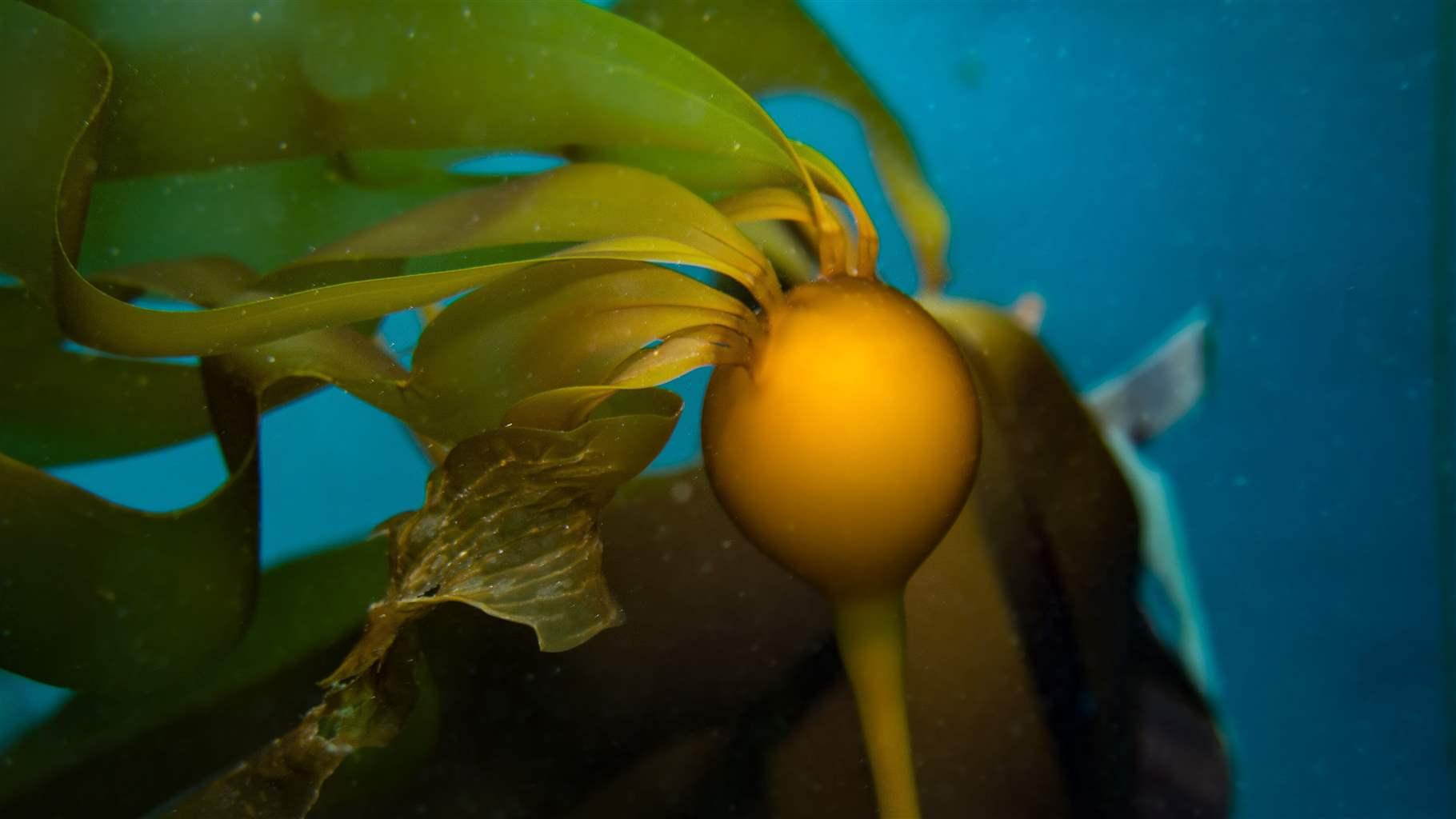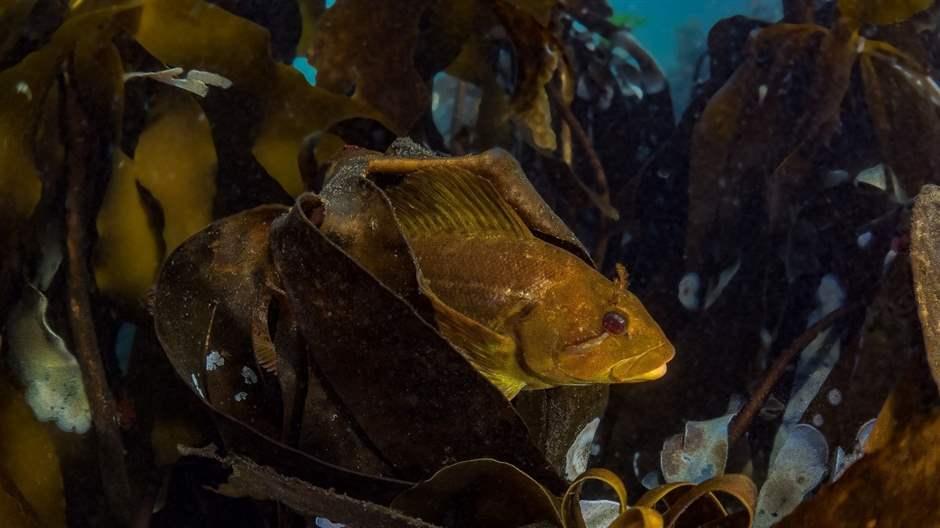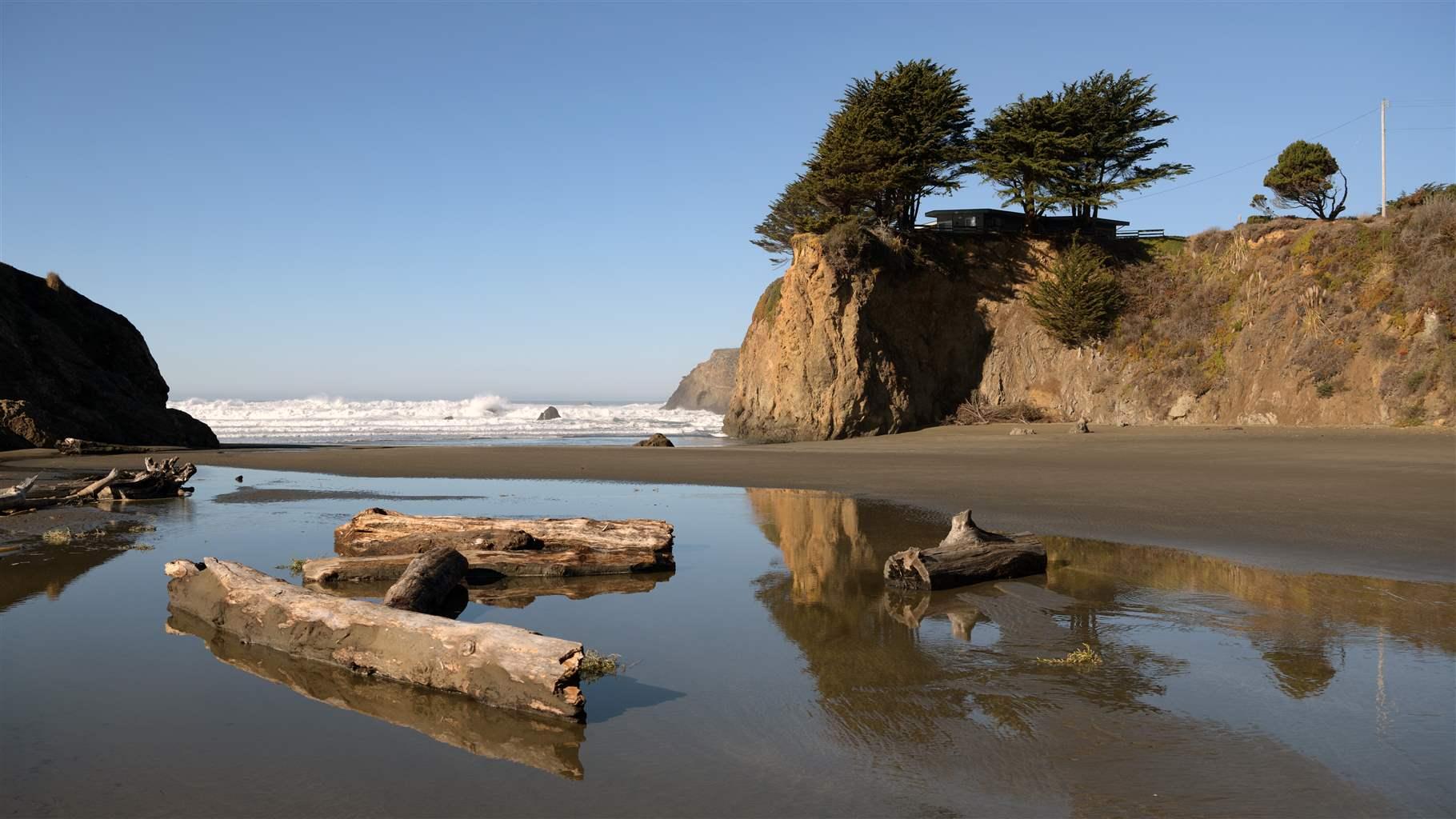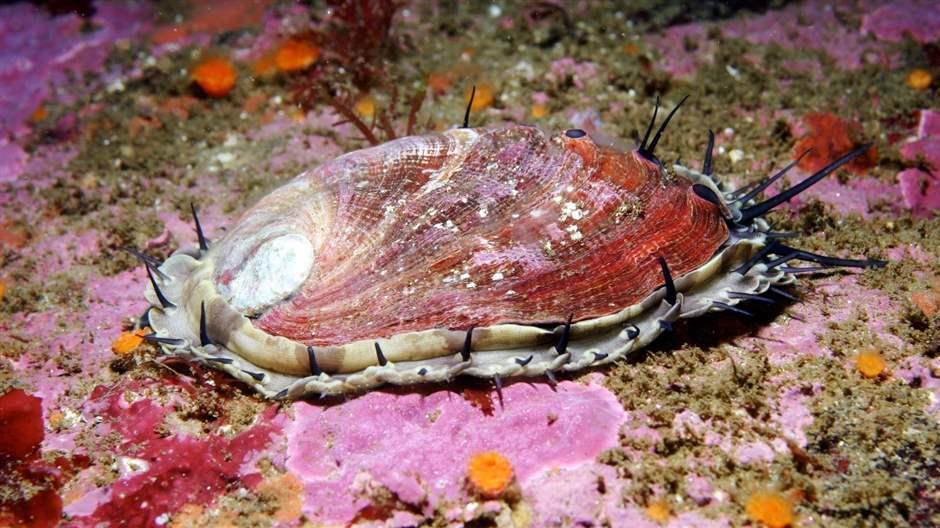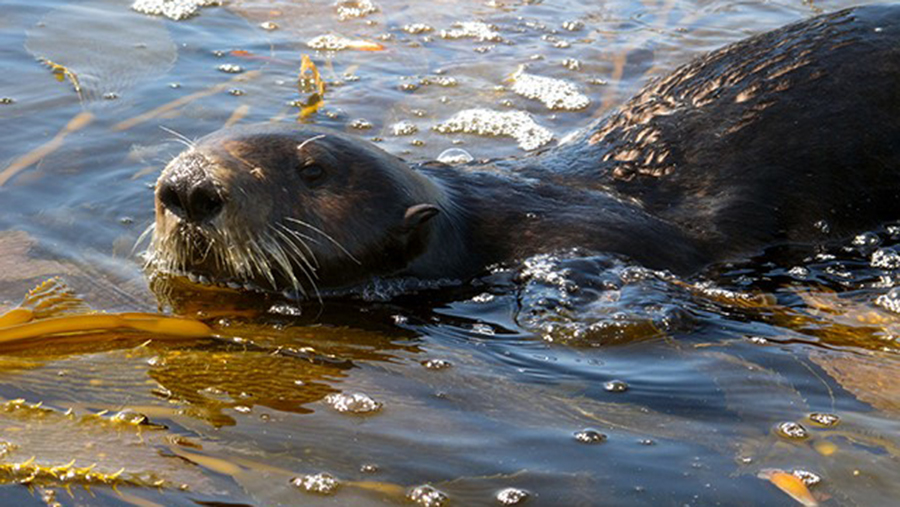5 Reasons to Protect Kelp, the West Coast's Powerhouse Marine Algae
Undersea forests that sequester carbon, support fisheries, and protect shorelines are dying at alarming rates
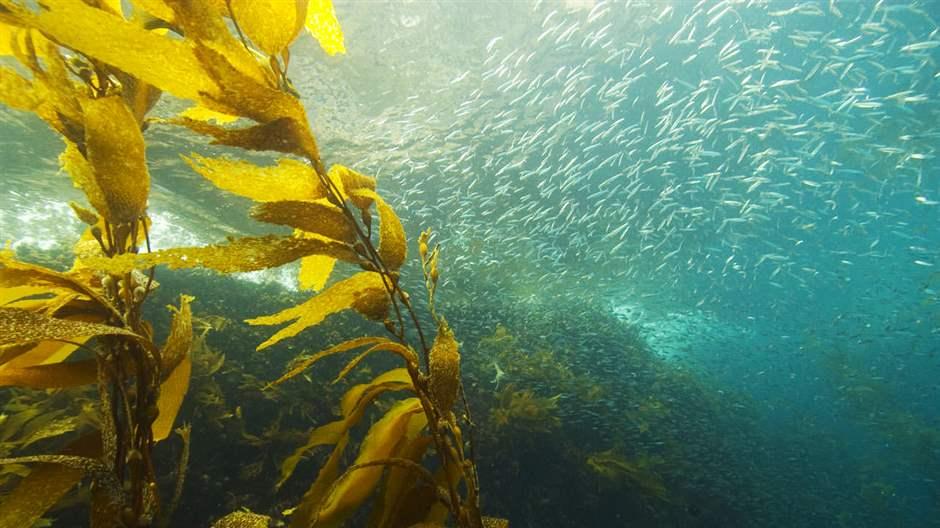
Editor’s note: This article was updated on June 8, 2020, to correct information about kelp’s role in carbon capture.
The kelp forest is one of the most productive ocean ecosystems on Earth, supporting a greater diversity of plants and animals than almost any other marine habitat. Giant kelp and bull kelp also play an important role in protecting coastal areas in California, Oregon, and Washington—for example, by mitigating the effects of climate change and improving water quality—and helping to sustain the fishing and tourism economy.
Along the West Coast, however, bull kelp has been decimated as warming ocean waters led to an outbreak of sea star wasting disease that all but eliminated this crucial purple urchin predator. As a result, the urchin population exploded and consumed vast swaths of the kelp forest. In the past six years, more than 90% of the bull kelp in Northern California has disappeared. Here are five services that kelp forests provide to nature and people, demonstrating why state and federal resource managers should implement science-based measures to restore and protect kelp.
1. Absorb carbon dioxide
Kelp and other types of marine vegetation absorb an estimated 20 times more carbon dioxide per acre than forests on land, making it a powerful force in storing this persistent greenhouse gas and mitigating the effects of climate change. In addition, studies suggest that kelp sequesters more carbon than all other marine plants combined..
2. Shelter sea life
Kelp forests provide food, nursery areas, and shelter—including protection from predators and storms—for hundreds of commercially and recreationally important fish species as well as West Coast marine wildlife.
3. Protect the shoreline
Nearshore kelp forests serve as a buffer against waves, a particularly valuable function during the storms that frequently batter the West Coast. Kelp also helps to prevent coastal erosion and filter pollutants from the water.
4. Support coastal economies
Kelp forests provide vital habitat for red abalone and red urchins, which are prized by fishermen, along with other important species such as rockfish and cabezon.
5. Fuel the food web
Kelp forests are an important part of the marine food web, absorbing nutrients such as nitrogen from the water and making them available to a variety of species that feed on their leaves (blades).
This, along with kelp’s role in mitigating the impacts of climate change, nurturing fish and wildlife, and supporting coastal economies, makes kelp protection and restoration vital to the future of the West Coast’s nearshore marine environment.
Jennifer Browning directs The Pew Charitable Trusts’ project on conserving marine life in the United States, Puerto Rico, and the Caribbean. Gillian Lyons works on Pew’s project on conserving marine life in the United States.
